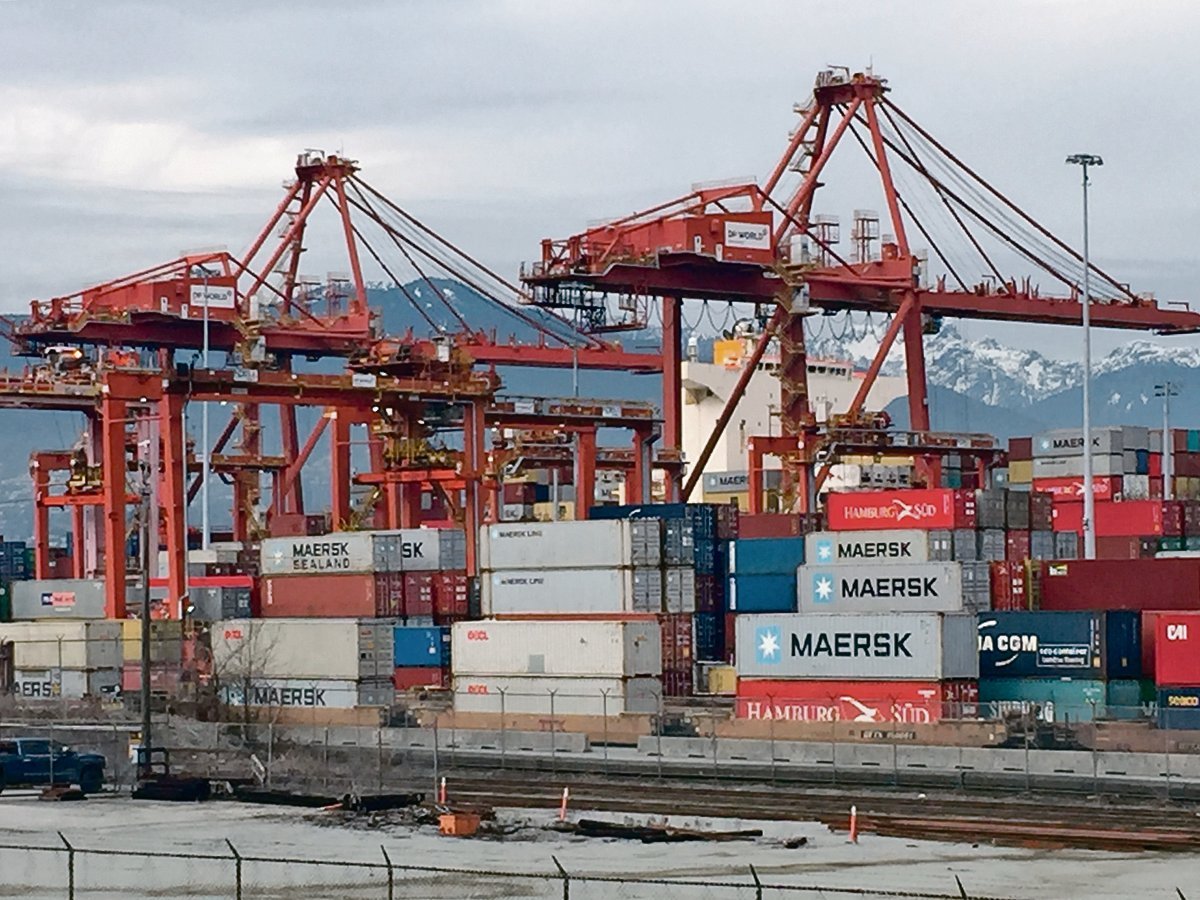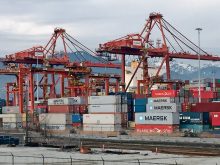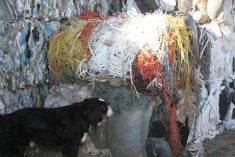Once a sign of rural prosperity, grain elevators have become a symbol of rural decline. The old wooden structures are disappearing one by one, falling victim to fire or demolition, making way for high volume concrete super terminals.
The village of Inglis, Man. is a bit of an anachronism on the Prairies these days. It still has a row of five elevators standing – the last traditional untouched elevator row in the country. And Inglis is determined to keep it.
The Inglis Area Heritage Committee wants to restore the elevators and turn the row into a heritage interpretive site. Canadian Heritage designated the Inglis row as a National Historic Site in 1996.
Read Also

Message to provincial agriculture ministers: focus on international trade
International trade stakeholders said securing markets in the face of increasing protectionism should be the key priority for Canada’s agriculture ministers.
The committee is coming closer to its goal, buying United Grain Growers’ three Inglis elevators for $1, and negotiating with N. M. Paterson and Sons Ltd. for ownership of the other two.
“It looks like we’re making some headway,” said project co-ordinator Shannon Neuhofer. She said the committee has to ensure it will have enough money to demolish the elevators should the project not be completed. UGG is responsible for demolition of its elevators until May 1998.
This sets a deadline for the committee to complete negotiations with Paterson and have enough fund-raising done to begin restoration in spring 1998.
A corporate fund-raising campaign is just beginning. The committee is focusing specifically on the grain industry, and on the agricultural sector as a whole, said Garry Ens, who heads fund-raising. Canada Heritage is also expected to get involved.
“With a conservation strategy in place, their commitment is to half a million to $1 million,” on a matching grant basis, he said.
Maintenance fund
An endowment fund is also being established for revenue above the restoration costs, which are estimated at $2 million. The committee hopes to raise $1 million over 10 years through the fund to cover ongoing maintenance.
A phased four-year restoration is planned for the elevators. The heritage site will use one of the elevators as a visitor information centre. Another will serve as a working model where visitors can see the original parts and how they worked. Plans for the others won’t be final until all the buildings are owned.
“In this country we’ve spent a lot of money preserving our fur trading heritage and our exploring heritage,” Ens said. “We’re focusing on interpreting the history of the grain industry. The grain sector was a key to opening Western Canada.”














